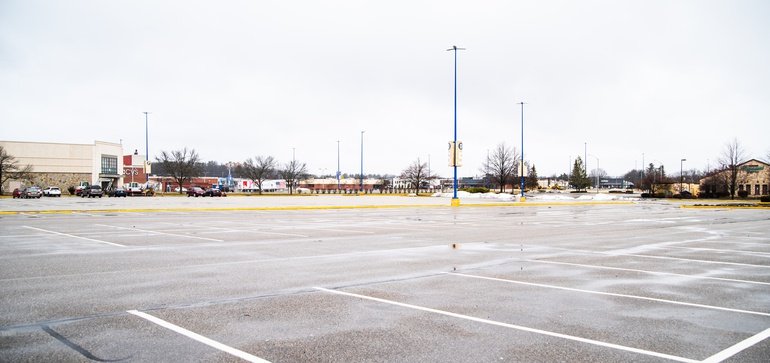Daphne Howland/Retail Dive
AUTHOR|Daphne Howland
Source: www.retaildive.com, April 2020
Dive Brief:
- Green Street Advisors now expects “about a little more than half of all mall-based department stores to close by the end of 2021,” according to Vince Tibone, a retail specialist at the property research group.
- Losing those anchors would have a “knockdown” effect as in-line mall tenants would be allowed to lower rents, he said during an April 29 webinar. In two years, traditional malls overall are likely to see a 20% decline in cash flow compared to 2019, which will “accelerate the demise of many malls,” he said.
- Other shopping center types won’t be spared, Tibone said. Despite their current healthy sales, grocery anchors won’t be much help to other tenants in strip centers, which could lose 15%, while those with big-box stores will probably see a 10% cash flow decline, he said.
Dive Insight:
Although the retail shutdown mandated by the COVID-19 pandemic has been temporary, and some nonessential retail will be reopening in a matter of days, the outbreak is nevertheless hastening the decline of many department stores and the malls they’re in.
Notably, it’s not so much the decline that is unexpected, but its speed. “We’ve been concerned about the department store industry for a while, and so this is not new news that these operators are struggling,” Tibone said. “But I think what we’re going to see is a lot of disruption we were expecting over the next five to 10 years being pulled forward to the next two years.”
Shopping centers with small, local businesses like restaurants or nail salons and full-price apparel are apt to struggle, he said. Traditional malls, where both department store anchors and many in-line specialty retail tenants sell mostly clothing and accessories, will likely “be even more impacted because of that dependence on apparel.”
While worry has been focused on rents, which many retailers have said they will skip at least for April when stores were closed, the pandemic will likely do more damage than that, he warned.
“Our high level view in retail is that there’s going to be a lot of investor focus on the near term and how much rent you’re collecting in the second quarter, but in the grand scheme of things that’s not the most important driver of long-term value,” he said. “What’s much more significant is how much occupancy you’re going to lose along the way in the form of tenant bankruptcies, and how many tenants will see their rent-paying ability impaired for the long run as a result of COVID.”
The most vulnerable malls are those that have already lost anchor tenants like Sears, with others likely closing soon, he also said. Macy’s also had plans, even before the outbreak, to permanently close 125 stores in the next three years, most in declining malls.
“J.C. Penney is likely to close a lot, if not all, of their stores,” he said. “A lot of malls in the country will have two or more vacancies, and that’s a very difficult place to come back from.”
While many mall owners have sought to turn around their fortunes through a more diverse mix of tenants, including bringing on medical offices, office space and even hotel or residential tenants, in the current environment such plans probably don’t make sense “like they did pre-COVID,” according to Tibone
“What does it mean for mall redevelopment longer term when demand for retail space is almost nonexistent in this environment?” he said. “There’s a lot of unanswered questions. It’s not a pretty picture for most malls in the country.”
Follow Daphne Howland on Twitter

